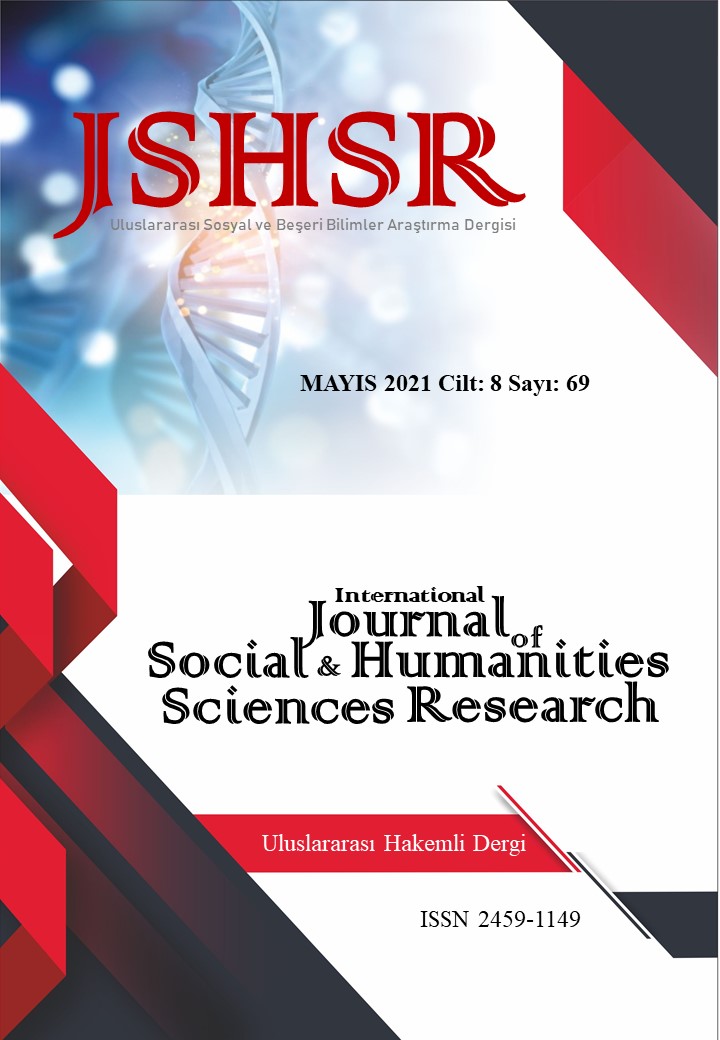BAYKAL - AMUR RAILWAY ROUTE FROM THE PERSPECTIVE OF POLITICAL GEOGRAPHY
DOI:
https://doi.org/10.26450/jshsr.2451Keywords:
Russia, Railway Transport, USSR, Baikal- Amur Railway Route, Political GeographyAbstract
Since the Baikal-Amur Railway Route (BADG) and the Trans-Siberian Railway (TSD) constitute the two main transportation axes that enable Russia to access the shores of the Pacific Ocean, they are extremely important for Russia in terms of geostrategic, geopolitical and economic aspects. The total length of the BADG is 4287 km and it is one of the longest and most controversial railway lines in the world. This railway line, which starts in the city of Tayset in the Irkutsk Oblast, ends at Sovetskaya Gavan port located on the shores of the Pacific Ocean. The fact that the railway route is located in an area with high earthquake risk and passes through very high and rugged terrains, deep river valleys and lands with perpetually frozen soils has caused an extremely high increase in construction costs.
The BADG, in which approximately 2 million people took part in all the construction stages, was started in 1938 and was completed in 2003. Therefore, the construction of the railway and the formidable construction work took about 65 years. The cost of this project, which scooped an astronomical amount of money and huge investments, exceeded $ 52 billion according to 2015 estimations. BADG is a multidimensional and multifunctional project that has economic, geopolitical, transportation, defense and tourism significance. BADG has strategic and economic importance for the Russian national economy as it is a trade and capital gateway to the Pacific countries. In this study, the historical development of the BADG, which is one of the most expensive and formidable construction projects in the world, as well as the advantages and disadvantages of this project have been addressed. This article focuses on the transportation geography and political geography, the economic importance and function of BADG in both the Soviet and Post-Soviet periods, on the one hand, and the characteristics and difficulties of construction works, on the other hand, have been examined.
The fact that there are almost no scientific studies on the grand construction projects and the BADG during the USSR period in our country is one of the most important reasons for this study. It is expected that this study on mega projects in the USSR period and railway transportation in Russia will fill an important scientific publication gap in our country.
Downloads
Published
How to Cite
Issue
Section
License
Copyright (c) 2021 INTERNATIONAL JOURNAL OF SOCIAL HUMANITIES SCIENCES RESEARCH

This work is licensed under a Creative Commons Attribution 4.0 International License.


